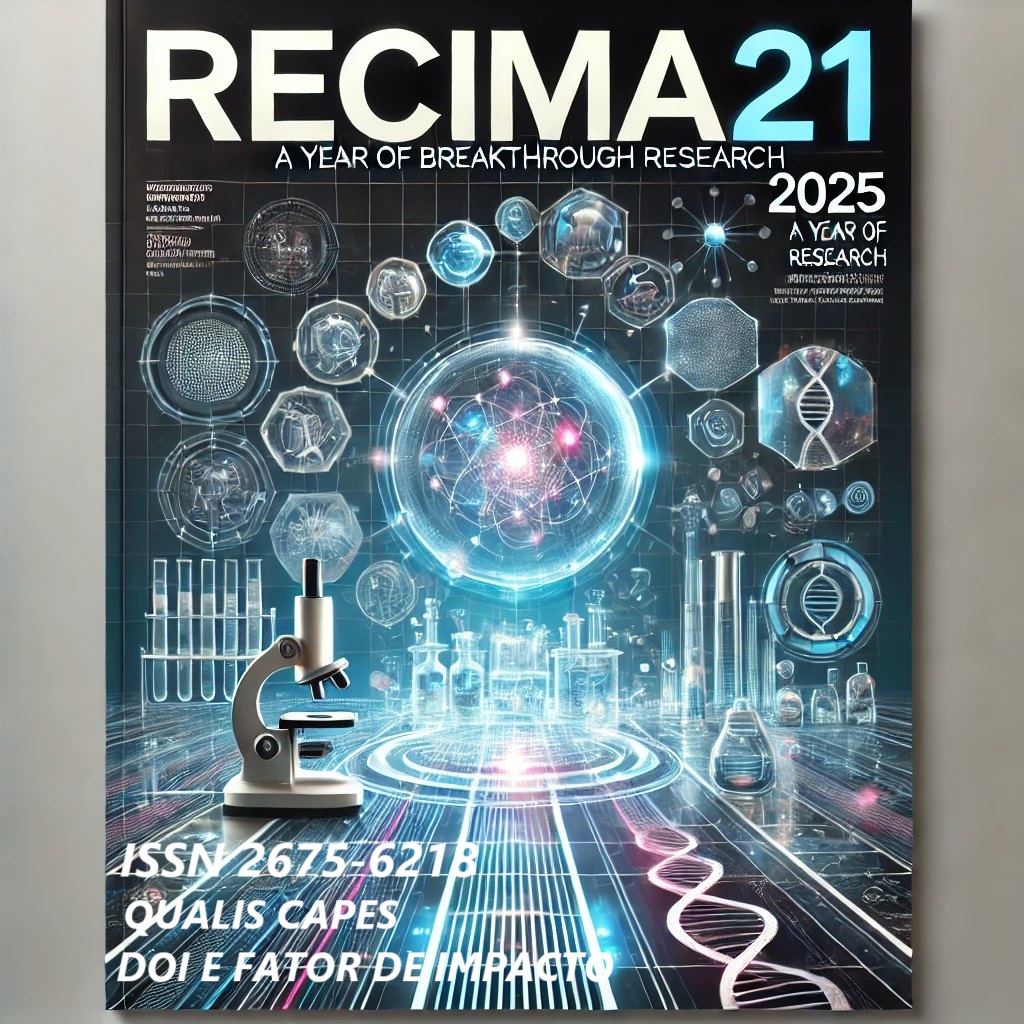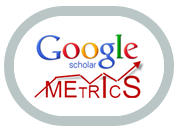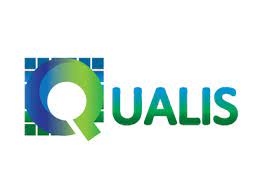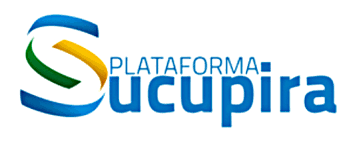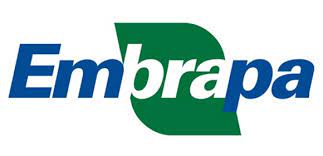NUTRITIONAL STATUS AND EATING HABITS OF CHILDREN AND ADOLESCENTS IN PUBLIC SCHOOLS: DATA ANALYSIS FROM THE SCHOOL HEALTH PROGRAM IN CANOAS-RS
DOI:
https://doi.org/10.47820/recima21.v6i11.6882Keywords:
Nutritional status, Eating habits, Child, Adolescent, Nutrition and Food Programs and PoliciesAbstract
This study aimed to assess the nutritional status and eating habits of children and adolescents from public schools in Canoas-RS, considering the current context of Brazil's nutritional transition, characterized by the coexistence of undernutrition and overweight. This is an observational, descriptive, and cross-sectional study with a quantitative approach, conducted with 133 students aged 10 to 17 years during an intervention of the School Health Program (Programa Saúde na Escola – PSE). Anthropometric measurements were collected, and standardized dietary questionnaires were applied. The results showed that 60.9% of the students presented some degree of nutritional inadequacy, with 35.3% classified as underweight, 13.5% as overweight, and 12.0% as obese, with a higher concentration of alterations observed among those aged 11 to 13. A high frequency of consumption of ultra-processed foods (such as snacks, sweets, and sugar-sweetened beverages) was observed across all age groups, along with a low intake of fruits, vegetables, and beans. Additionally, behaviors such as skipping meals and eating while using electronic devices were highly prevalent. These findings reveal an unbalanced dietary pattern and a school food environment unfavorable to health, highlighting the need for continuous intersectoral actions in food and nutrition education, as well as the strengthening of existing public policies.
Downloads
References
1. Gidding SS, Dennison BA, Birch LL, Daniels SR, Gillman MW, Lichtenstein AH, et al. Dietary recommendations for children and adolescents: a guide for practitioners. Pediatrics. 2006;117(2):544–59. DOI: https://doi.org/10.1542/peds.2005-2374
2. Silva LT, Araújo JL, Costa ESM, Souza VEP, Moreira TMM, Alves MGM. Intersetorialidade no Programa Saúde na Escola: estudo de caso. Interface (Botucatu). 2025;29:e230431. DOI: https://doi.org/10.1590/interface.230431
3. Souza EB. Transição nutricional no Brasil: análise dos principais fatores. Cad UniFOA. 2010;5(13):49–53. DOI: https://doi.org/10.47385/cadunifoa.v5.n13.1025
4. Brasil. Ministério da Saúde. SISVAN: relatório de indicadores; 2023.
5. Brasil. Ministério da Saúde. Guia alimentar para a população brasileira. 2ª ed. Brasilia: Ministério da Saúde; 2014.
6. Tavares G, Castro IRR, Levy RB, Cardoso LO. Ambiente e alimentação no contexto escolar. Ciênc Saúde Colet. 2020;25(3):1074–90.
7. Brasil. FNDE. Programa Nacional de Alimentação Escolar – PNAE.
8. Poulain JP, Proença RPC. O espaço social alimentar. Rev Nutr. 2003;16(3):245–56. DOI: https://doi.org/10.1590/S1415-52732003000300002
9. Fischler C. Commensality, society and culture. Soc Sci Inf. 2011;50(3–4):528–48. DOI: https://doi.org/10.1177/0539018411413963
10. Oliveira MM, Pontes FAR, Cotta RMM. O PSE como estratégia de articulação. Rev Paul Pediatr. 2021;39:e2019294.
11. Tritschler K. Medida e avaliação em educação física e esportes de Barrow & McGee. 5ª ed. Barueri: Manole; 2003.
12. World Health Organization. WHO child growth standards: growth reference data for 5–19 years. Geneva: WHO; 2007.
13. Brasil. Ministério da Saúde. Programa Saúde na Escola: documento orientador. Brasilia: Ministério da Saúde; 2009.
14. Popkin BM, Corvalan C, Grummer-Strawn LM. Dynamics of the double burden of malnutrition. Lancet. 2020;395(10217):65–74. DOI: https://doi.org/10.1016/S0140-6736(19)32497-3
15. World Health Organization. Obesity and overweight. Fact sheet. 2020.
16. Swinburn BA, Kraak VI, Rutter H, Vandevijvere S, Lobstein T, Sacks G, et al. Strengthening of accountability systems. Lancet. 2015;385(9986):2534–45. DOI: https://doi.org/10.1016/S0140-6736(14)61747-5
17. Jaime PC, Lock K. Do school-based food and nutrition policies improve diet and reduce obesity? Prev Med. 2009;48(1):45–53. DOI: https://doi.org/10.1016/j.ypmed.2008.10.018
18. Sadeghirad B, Duhaney T, Motaghipisheh S, Campbell NR, Johnston BC. Influence of unhealthy food and beverage marketing. Obes Rev. 2016;17(10):945–59. DOI: https://doi.org/10.1111/obr.12445
19. Fischler C. Food, self and identity. Soc Sci Inf. 1988;27(2):275–92. DOI: https://doi.org/10.1177/053901888027002005
20. Proença RPC, Cavalli SB, Gavirati E, Philippi ST. Alimentação escolar: espaço para educação em saúde. Ciênc Saúde Coletiva. 2005;10(2):554–6.
21. Medeiros GCBSd, Azevedo KPMd, Garcia D, Oliveira Segundo VH, Mata ÁNdS, Fernandes AKP, et al. Effect of school-based food and nutrition education. Int J Environ Res Public Health. 2022;19(17):10522. DOI: https://doi.org/10.3390/ijerph191710522
Downloads
Published
License
Copyright (c) 2025 RECIMA21 - Revista Científica Multidisciplinar - ISSN 2675-6218

This work is licensed under a Creative Commons Attribution 4.0 International License.
Os direitos autorais dos artigos/resenhas/TCCs publicados pertecem à revista RECIMA21, e seguem o padrão Creative Commons (CC BY 4.0), permitindo a cópia ou reprodução, desde que cite a fonte e respeite os direitos dos autores e contenham menção aos mesmos nos créditos. Toda e qualquer obra publicada na revista, seu conteúdo é de responsabilidade dos autores, cabendo a RECIMA21 apenas ser o veículo de divulgação, seguindo os padrões nacionais e internacionais de publicação.

